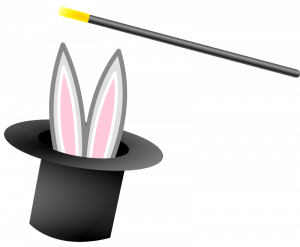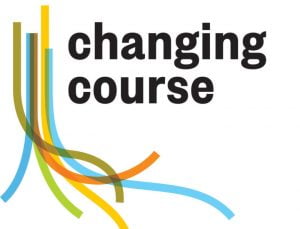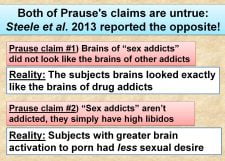Introduction Because this EEG study reported greater porn use related to less brain activation to vanilla porn it is listed as supporting the hypothesis that chronic porn use down regulates sexual arousal. Put simply, the more frequent porn users were bored by static images of ho-hum porn (its findings parallel Kuhn & Gallinat., 2014). These […]








